Popular games published by company JVC Musical Industries
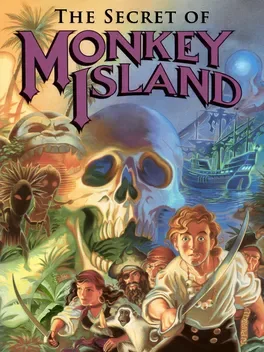
I cursed my luck again as I slid down the monkey's throat. Have my dreams of guzzling grog and plundering galleons been reduced to this? "Three small trials and you're a pirate like us," they said. Fair enough. If only I could stomach the foul brew these scurvy seadogs swilled, the rest would be easy. How could I have known I'd meet a powerful and beautiful woman with a jealous suitor too stupid to realize he'd been dead for years? And how can I crawl through this great stone monkey to find a man who walks three inches above the ground and sets fire to his beard every morning? Do business with quaint and humble shopkeepers. Participate in complex and meaningful dialogues. Visit interesting places and steal stuff. Experience the never-ending nightlife of Melee Island.

Dungeon Master established several new standards for role playing and computer games in general. Dungeon Master was a realtime game instead of the traditional turn-based approach that was prevalent until then. Instead of using text-based commands to interact with the environment, players directly manipulated objects and the environment by clicking the mouse in the enlarged first-person view. Abstract Dungeons and Dragons style experience points and levels were eschewed in favor of a system where the characters' skills were improved directly via using them. It also introduced some novel control methods including the spell casting system, which involved learning sequences of runes which represented the form and function of a spell's effect. For example, a fireball spell was created by mixing the fire symbol with the wing symbol. This kind of attention to detail and focus on the user interface was typical of the game and helped create an often captivating sense of craft and ingenuity. Other factors in immersiveness were the then-revolutionary use of sound effects to indicate when a creature was nearby, and (primitive) dynamic lighting.

The GRANDMOTHER of all battles! 15 of the FATAL FURY series' top stars gather in the match of the millenium! Use the resurrected Geese Howard and Wolfgang Krauser in a dazzling arena! All you have ever wanted in a fighting game is here in FATAL FURY SPECIAL!
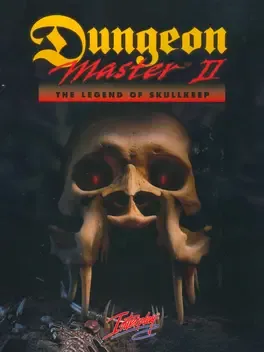
Dungeon Master established several new standards for role playing and computer games in general. Dungeon Master was a realtime game instead of the traditional turn-based approach that was prevalent until then. Instead of using text-based commands to interact with the environment, players directly manipulated objects and the environment by clicking the mouse in the enlarged first-person view. Abstract Dungeons and Dragons style experience points and levels were eschewed in favor of a system where the characters' skills were improved directly via using them. It also introduced some novel control methods including the spell casting system, which involved learning sequences of runes which represented the form and function of a spell's effect. For example, a fireball spell was created by mixing the fire symbol with the wing symbol. This kind of attention to detail and focus on the user interface was typical of the game and helped create an often captivating sense of craft and ingenuity. Other factors in immersiveness were the then-revolutionary use of sound effects to indicate when a creature was nearby, and (primitive) dynamic lighting.

Rami-chan no Ooedo Sugoroku: Keio Yuugekitai Gaiden is a 1998 video game for the PlayStation. Developed by Victor Interactive Software, it is the third and last game in the Keio Flying Squadron series, and was released only in Japan. While the first game is a side-scrolling shoot 'em up and its sequel, Keio Flying Squadron 2, is a platformer with shooter sections, the third game is a party game. Like the first two games, the third game refers to Japanese culture, both ancient and modern simultaneously.
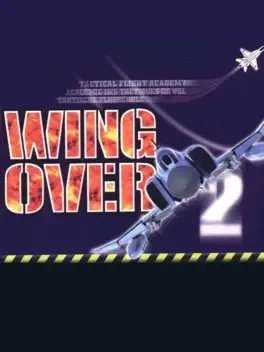
The sequel to the 1997's overlooked Wing Over, Wing Over 2 features a far more involved story mode and leaves behind the tournament-style gameplay which drove the first instalment.
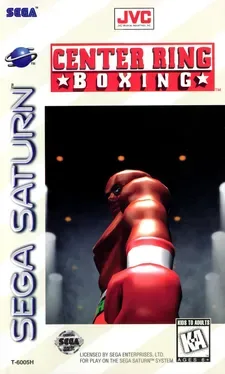
Center Ring Boxing is an unlicensed 3-D polygon boxing game where the player can choose from 30 different male or female boxers and compete in six different weight divisions. They may also create their own boxer and use them to rise through the ranks to become champion choosing from one of five distinct styles of boxing. There is also a trainer by the name of Snake that will help train the player as they progress thorough the game as well as become a selectable character along with a hidden character in two-player versus mode once the player becomes heavyweight champion. A practice mode also is present that will allow the player to get accustomed to the game's controls and features 12 different camera angles and a replay mode that will the player to view their previous fight in it's entirety.

Wonder Dog is a platform game developed by JVC and released for the Sega CD console in 1992. The game follows the story of Johnny, a boy who is transported to a magical world by a talking dog named Wonder Dog. Johnny is tasked by the dog to save the kingdom of Screamania from the evil Queen Vorka. The game takes place across various themed levels, such as a haunted castle, an underwater cave, and a toy factory. Throughout the game, the player controls Johnny, who has the ability to transform into different forms with special abilities. For example, he can transform into a flying car, a submarine, or a robot with extendable arms. The goal of the game is to collect keys to open doors to the next level, defeat bosses in each level, and collect items to increase Johnny's health and time. The game also features an animated soundtrack and colorful graphics typical of games from the era. Overall, Wonder Dog is a fun and exciting game that offers a unique and challenging gameplay experience for fans of platform games.
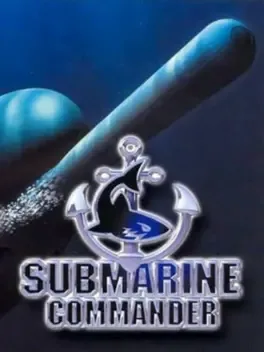
Introducing a whole new gaming experience.... JVC's submarine commander puts you in control of a nuclear powered submarine and teaches you the stealth and tactics needed for anti submarine warfare. Using hi-tech weapons, sonar, radar and periscope you must defeat adversaries, control sea communication lines and dominate the maritime battlespace. Having passed these tests you can play in the games mission mode featuring over twenty tense command sorties.
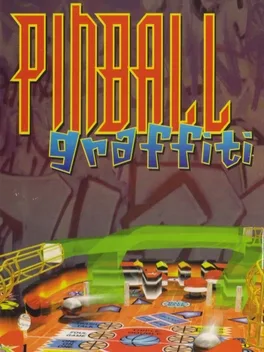
The first true 32 bit pinball tables. View your extreme skills from any angle and any perspective with 3D panning camera angles and sweeping crane shots, and even an inside the ball perspective. Sampled sound effects and video clips make these super fast tables the only ones worth playing.
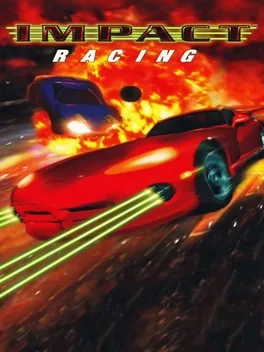
Part automotive racing, part shooter, Impact Racing lets you choose from five different cars which vary in degrees of speed, power, engine size, payload, armor strength, and grip. While racing on any of the twelve tracks, your car is capable of destroying other vehicles in its path. Each of the five cars is equipped with an endless supply of laser beams. During the race you can add to the arsenal by collecting heatseekers, mines, exploding firewalls, concussion missiles, and smart bombs. You can also pick up extra time and armor along the way. In order to progress through the game and race in bonus rounds, you must complete the courses and destroy a certain number of cars during an allotted time period.
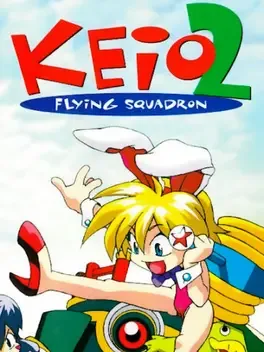
Keio Flying Squadron 2 was released in 1996 for the Sega Saturn in Japan, Europe, and Australia. The second installment of the series continues the story of Rami's adventures as the Keeper of the Secret Treasure (a sphere passed down through generations of Rami's family). Rami races Dr. Pon and a new rival Himiko Yamatai for an ancient treasure that can be unlocked with six spheres. Two of the stages retain the shoot-'em-up style of the first game, but the lesser dragons can be obtained as bonuses only. Mainly the stages consist of sidescroling platformer stages. These scroll from right to left on the Japanese version and left to right on all other versions. Several bonuses can be collected including three weapons (Rami can also bounce on the heads of enemies to defeat them): A large mallet, used only for hitting enemies An umbrella, used to hit enemies, float and deflect overhead obstacles A bow, used to shoot arrows at enemies. Besides the platformer and shoot-'em-up stages, there is vertically scrolling special stages, an underwater stage and a rollercoaster stage, making the game a multi-genre platformer. Points spheres can be collected throughout the game. A reward system accessed from the main menu unlocked helpful hints and behind-the-scenes extras depending on the highest and lowest scores achieved through playing.
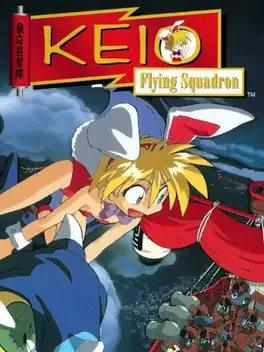
Keio Flying Squadron (慶応遊撃隊 Keiōyūgekitai?) is a scrolling shooter video game developed and published by Victor Entertainment in 1994 for the Sega/Mega CD in Japan, Europe, and North America. It is the first game of the Keio Flying Squadron series with a simple shoot-'em-up style of play. Gameplay The game consists of the protagonist Rami riding on top of Spot, who can shoot fireballs at enemies. When Spot is not firing, two smaller dragons (Companion fighters) appear one after another to assist Rami and Spot. The lesser dragons shoot smaller fireballs and can be sacrificed to do larger damage, only to reappear when Spot ceases to shoot. Release In Europe, a demo of the first level of this game was provided by Sega Pro magazine. The game seemed to end after the first level, but in fact the whole game was accessible on the disc by using a level-select cheat to skip to the second level, and then continuing through the game. Reception Retro Gamer included among top ten Mega CD games, calling it "a perfectly acceptable substitute" OF Konami's Parodius that features "similar style of horizontally scrolling wackiness and puts the Mega-CD hardware to good use to produce some excellent cut-scenes and a brilliant CD-quality soundtrack."